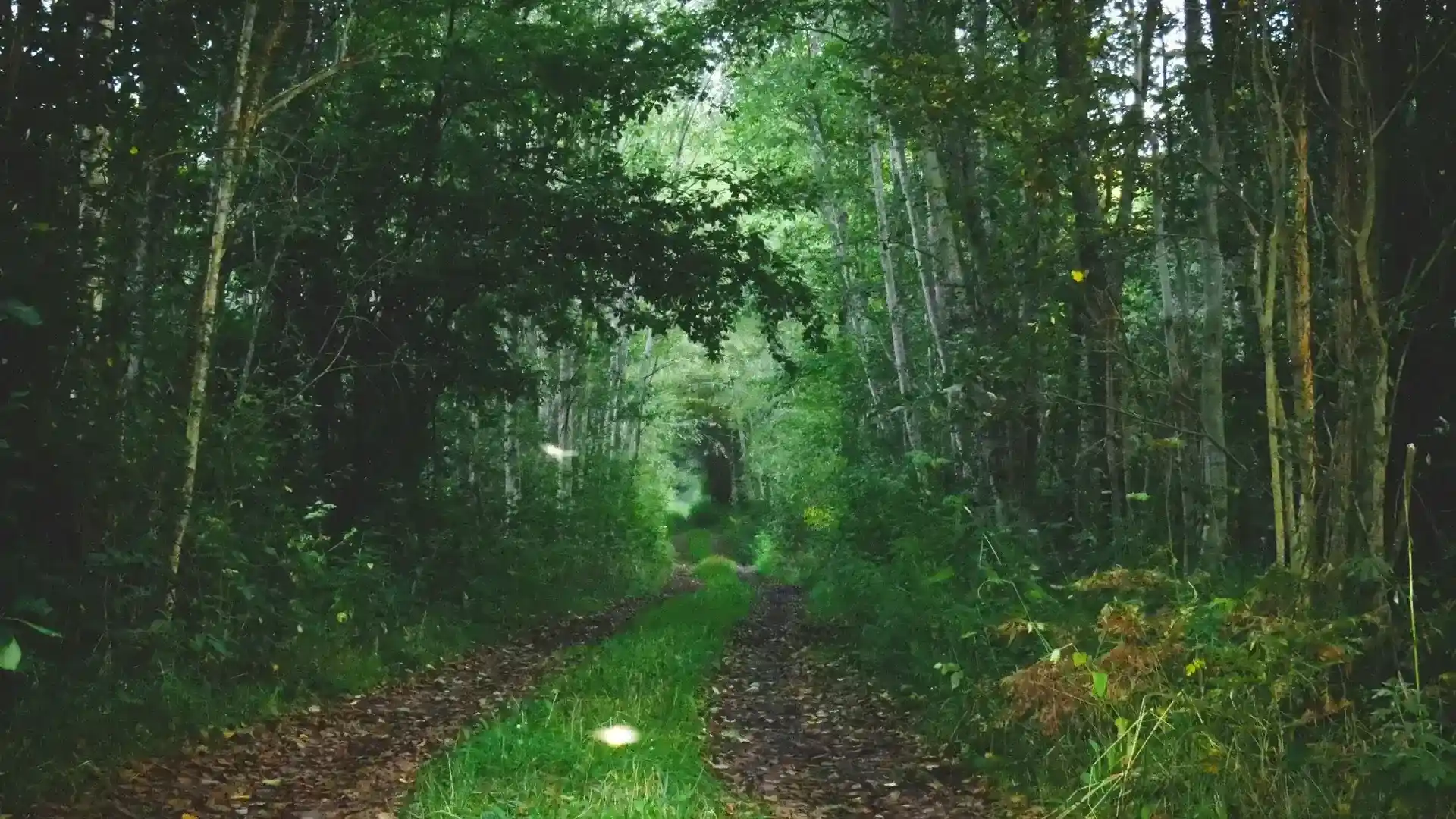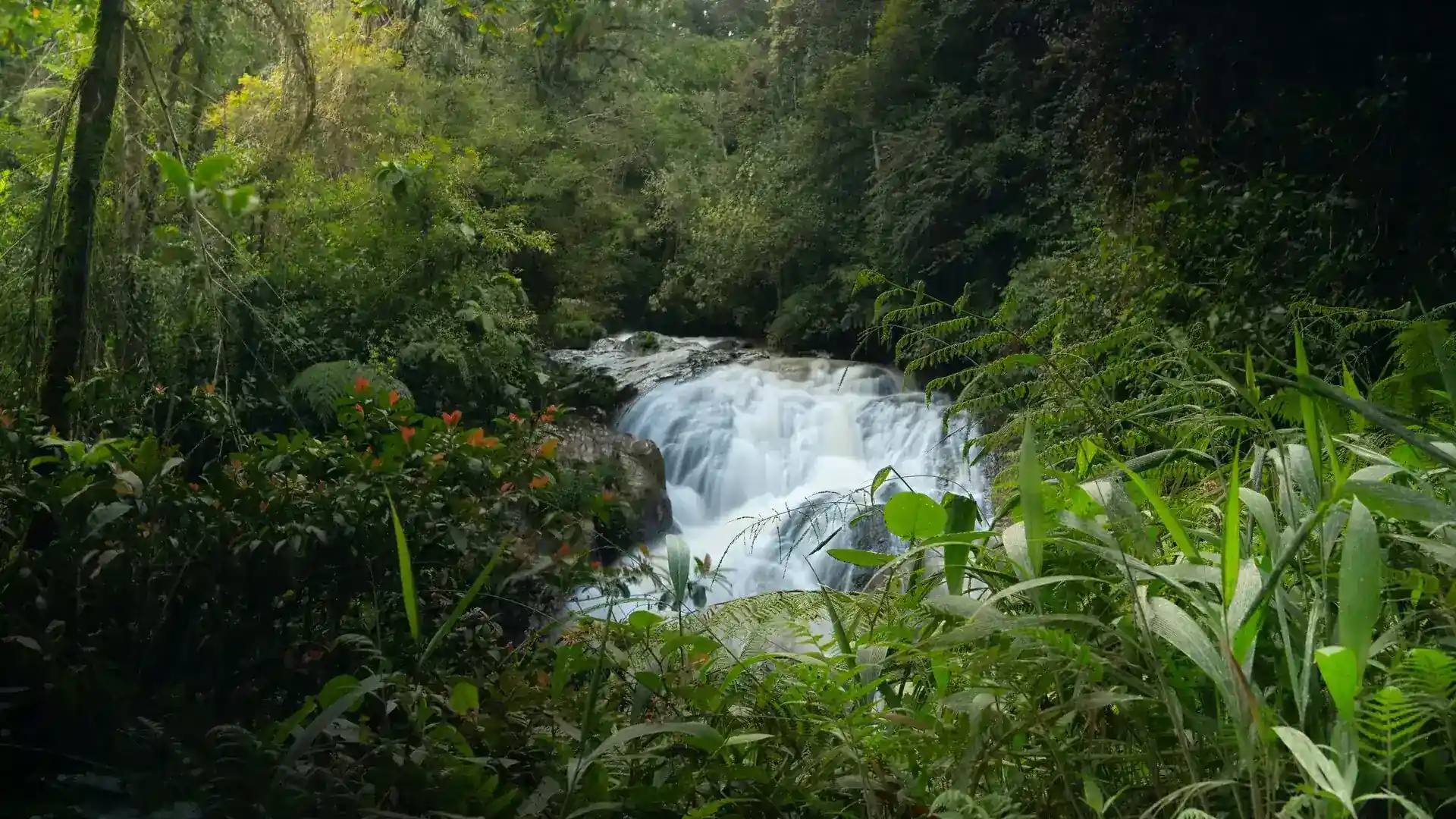Tao Te Ching Verse 71 teaches a simple yet profound idea: true wisdom begins by acknowledging what you don’t know. This Taoist concept, called "knowing not-knowing", encourages intellectual humility and openness to uncertainty.
Here’s why it matters:
- Accepting ignorance creates space for growth and curiosity.
- Balancing knowing and not-knowing helps you stay calm and adaptable.
- Taoist practices like Wu Wei (effortless action) and mindfulness can help navigate life's complexities.
In today's fast-paced world, this ancient wisdom feels more relevant than ever. Instead of striving for certainty, embrace the unknown to find balance and deeper understanding.
Tao te Ching: Chapter 71 "To Know We Don’t Know"
The Meaning of Knowing Not-Knowing
"Knowing not-knowing" is a core idea in Taoist philosophy. It highlights that true wisdom begins when we recognize the limits of our understanding.
Why Recognizing Ignorance Can Lead to Wisdom
Taoism offers a unique take on wisdom. Instead of seeing ignorance as a flaw, it views the acknowledgment of our limitations as a path to deeper insight. By admitting what we don't know, we create room for curiosity and personal growth. This idea ties into the Taoist belief in aligning with the natural flow of the universe, known as the Tao [1].
Comparing Eastern and Western Views on Knowledge
Eastern and Western traditions approach knowledge differently:
| Aspect | Taoist Perspective (Eastern) | Traditional Western Perspective |
|---|---|---|
| Knowledge Goal | Coexisting with uncertainty | Gaining control over uncertainty |
| Learning Focus | Recognizing limits | Gathering more information |
| Success Measure | Balance and openness | Expertise and definitive answers |
| Core Principle | Accepting not-knowing | Striving to eliminate doubt |
While Taoism suggests that wisdom stems from understanding what we don't know, Western traditions often focus on expanding knowledge and achieving certainty. These contrasting views shape how each tradition approaches learning and personal development, offering valuable lessons for navigating life's uncertainties.
How Not-Knowing Brings Balance
Accepting not-knowing can help create balance by freeing us from the pressure of needing all the answers. This mindset encourages:
- Intellectual humility
- Openness to new possibilities
- Respect for life's complexities
- A sense of calm in the face of uncertainty
Key Ideas in Verse 71
Taoist Perspective on Knowledge and Reality
Taoism encourages harmony and flow in life. Verse 71 highlights the limits of human understanding, emphasizing that wisdom comes from acknowledging both what we know and what we don’t. Instead of striving to categorize or control, Taoism teaches that accepting uncertainty can lead to deeper insights.
Yin-Yang: Balancing Knowing and Not-Knowing
Verse 71 reflects the Taoist principle of Yin-Yang, which shows that opposing forces are interconnected and rely on each other. When applied to knowledge, this balance becomes clear:
| Aspect | Yin (Not-Knowing) | Yang (Knowing) |
|---|---|---|
| Nature | Open and receptive | Certain and active |
| Role | Encourages learning | Provides structure |
| Benefit | Fosters growth | Offers stability |
| Challenge | Brings uncertainty | Risks rigidity |
This dynamic balance helps us navigate life with a sense of wholeness, blending openness with certainty.
Embracing Paradox to Be Present
The balance of Yin and Yang also ties into the idea of living in the moment. By accepting paradox - like knowing through not-knowing - we can fully engage with life as it unfolds. This approach aligns with Wu Wei, or effortless action. Practicing Wu Wei involves:
- Welcoming uncertainty
- Responding without rigid expectations
- Combining action with stillness
- Finding peace in simplicity
This mindset helps us live naturally, without forcing or overthinking.
sbb-itb-4c1eb9b
Daily Practice of Not-Knowing
Building Humility
Humility starts with acknowledging our limitations and staying open-minded. When faced with complex situations, take a moment before jumping to conclusions. Instead, consider different perspectives. This approach helps create a more balanced understanding of what we know - and what we don’t.
This mindset naturally encourages habits that make it easier to embrace uncertainty.
Methods for Accepting Uncertainty
Bringing uncertainty into your daily life involves practices that keep you steady when the unknown feels overwhelming. Here are some Taoist-inspired approaches:
| Practice | Purpose | How to Apply |
|---|---|---|
| Mindful Walking | Sync with nature's rhythm | Spend 15–20 minutes walking outdoors |
| Longevity Breathing | Clear your mind | Take 5–10 deep breaths during transitions |
| Seasonal Alignment | Align with nature’s cycles | Adjust routines to match the season's energy |
| Mindful Meals | Stay present while eating | Eat without distractions; focus on gratitude |
These simple practices help you find calm even when life feels uncertain.
Finding Peace in Uncertainty
Incorporating Taoist principles into everyday activities reinforces the strength of not-knowing. A key concept here is Wu Wei - acting effortlessly by going with the flow instead of forcing control.
Turn daily tasks into opportunities to practice acceptance. Approach them with mindfulness and allow situations to unfold naturally. For example:
- Take intentional breaks and adjust to changes as they come.
- Use breathing exercises to stay grounded during transitions.
These small shifts can make uncertainty feel less daunting and more manageable.
The Path of the Sage
Letting Go of the Need to Know
The journey of a sage starts by releasing the urge to know everything. Holding on too tightly to what we think we know can block new insights. Imagine knowledge as water: if you grip it too hard, it slips through your fingers; hold it gently, and it sustains you. Letting go of this need allows for meaningful growth.
Growth in Uncertainty
Real growth often happens in the unknown. This aligns with the concept of Wu Wei - acting effortlessly in harmony with life's natural flow.
Here are practical ways to embrace this mindset:
| Practice | Purpose | Benefit |
|---|---|---|
| Silent Reflection | Let go of fixed ideas | Develop deeper intuition |
| Observing Nature | Learn from life's patterns | Heightened awareness |
| Asking Mindful Questions | Challenge your assumptions | More mental flexibility |
| Simplifying Life | Clear mental distractions | Sharpened focus and clarity |
Living in Harmony with the Tao
Once inner growth begins, the sage seeks to live in tune with the Tao.
"Mystery after mystery, Is the gate to all wonders." - Book of Tao [1]
Key principles of the sage's path include:
- Meditating consistently
- Practicing mindful awareness
- Spending time in nature
- Focusing on what truly matters
This path isn’t about striving for perfection. Instead, it’s about balancing knowledge with uncertainty, creating room for genuine growth and a deeper understanding of the Tao.
Conclusion
Key Takeaways
Verse 71 emphasizes that true insight comes from acknowledging our limitations and embracing uncertainty, which can lead to meaningful growth.
| Aspect | Challenge | Lesson Learned |
|---|---|---|
| Self-awareness | Identifying blind spots | Developing humility |
| Learning | Welcoming new viewpoints | Becoming more open |
| Decision-making | Adapting to change | Improving judgment |
| Personal growth | Facing discomfort | Encouraging growth |
These insights can inspire actionable steps in daily life.
Applying These Ideas Today
In the fast-paced world we live in, the wisdom of Verse 71 reminds us to shift our focus. Instead of striving for absolute certainty, we can benefit from being mindful of our boundaries. Here are some practical steps:
- Take a moment to pause before jumping to conclusions.
- Ask questions with a genuine desire to learn.
- Use moments of uncertainty as opportunities for growth.
- Spend time in mindful reflection to gain clarity.
These small practices can help you navigate life with more awareness and understanding.
Explore More About the Book of Tao
Dive deeper into the teachings of the Tao by exploring various translations and interpretations. Detailed guides and resources can help you further connect with the wisdom of the Tao.





